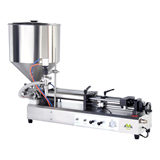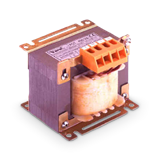The working principles of the new device are based on sequential tunneling of single electrons between the phosphorus atom and the source and drain leads of the transistor.
The tunneling can be suppressed or allowed by controlling the voltage on a nearby metal electrode with a width of a few tens of nanometers.
In this recently developed transistor, all the electric current passes through the same single atom. This allowed the researchers to study the effects arising in the extreme limit of the transistor size.
"About half a year ago, I and one of the leaders of this research, Prof. Andrew Dzurak, were asked when we expect a single-atom transistor to be fabricated. We looked at each other, smiled, and said that we have already done that," tells Dr. Mikko Möttönen.
"In fact, our purpose was not to build the tiniest transistor for a classical computer, but a quantum bit which would be the heart of a quantum computer that is being developed worldwide," he continues.
Problems arising when the size of a transistor is shrunk towards the ultimate limit are due to the emergence of so-called quantum mechanical effects.
On one hand, these phenomena are expected to challenge the usual transistor operation. On the other hand, they allow classically irrational behavior which can, in principle, be harnessed for conceptually more efficient computing, quantum computing.
The driving force behind the measurements reported now is the idea to utilise the spin degree of freedom of an electron of the phosphorus donor as a quantum bit, a qubit.
The researchers were able to observe in their experiments spin up and down states for a single phosphorus donor for the first time. This is a crucial step towards the control of these states, that is, the realisation of a qubit.














